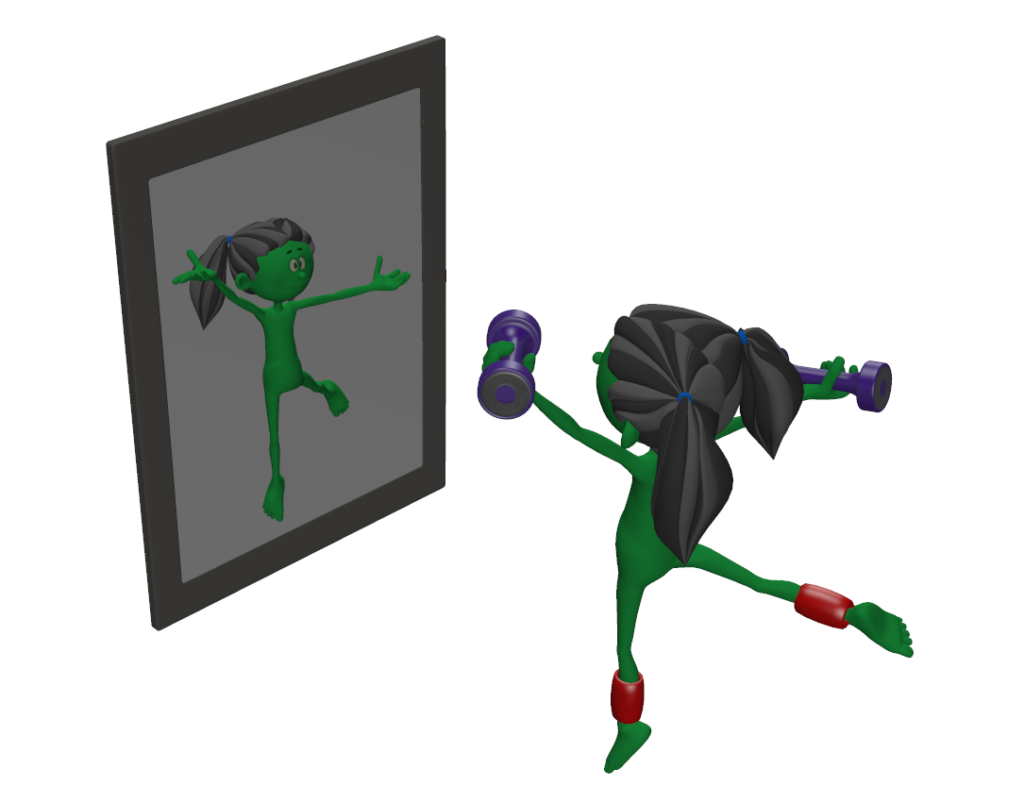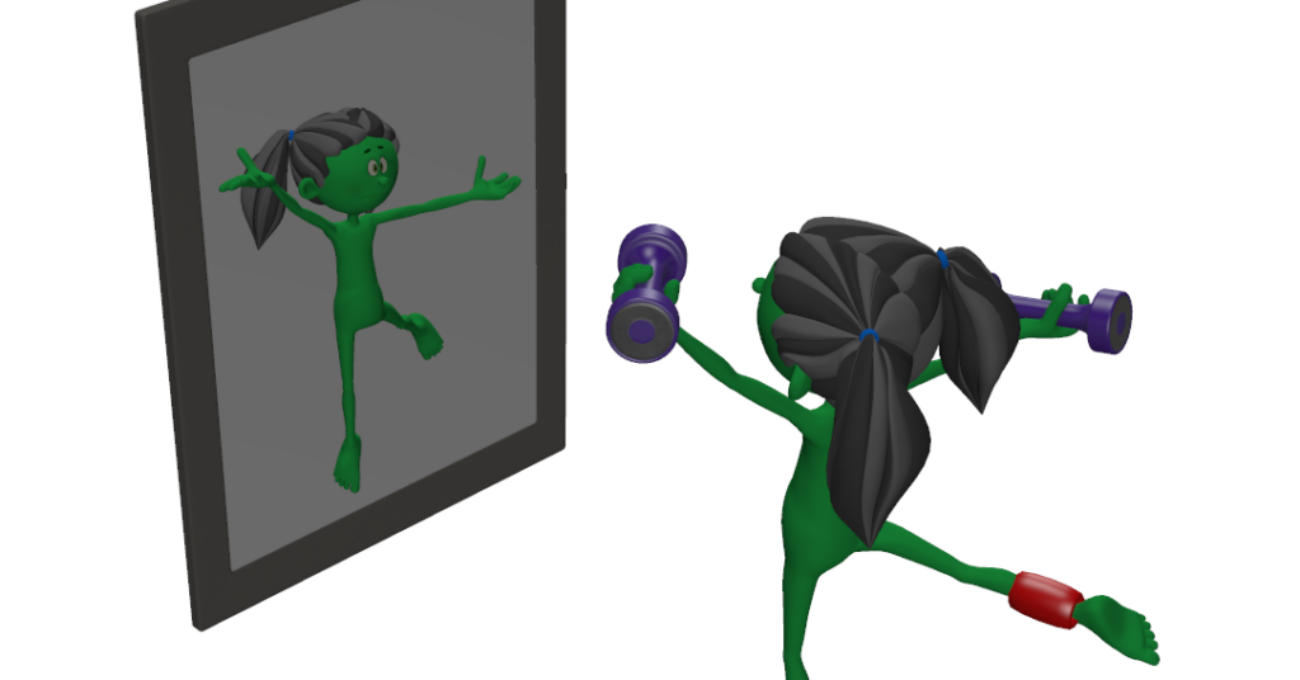Dis functional…
Functional exercises may not be all that.
Estimated Reading Time: 5 min, 13 sec
As buzz words go, ‘functional’ is everywhere. Functional fitness has even made it into the top fitness trends for the past few years (Thompson, 2019). I know the term ticks many boxes and implies that something is real, authentic, and a natural part of life, but I’m not sure where it fits in our exercise world. In contesting these claims, critical thinking exercise professionals are hamstrung by an inability to decipher, and explicitly explain, movement. It’s something that we know when we see it – we can appreciate the aesthetics and understand it tacitly, but we struggle to describe and deconstruct it. Sure, we can measure things and convince ourselves that these things might be crucial determinants of performance. But the reality is that VO2max, squatting strength, and vertical jump ability are not useful proxy markers of marathon times, rugby ability, or basketball success. They might all be important for performance with likely threshold levels that determine success in those sports, but we can’t place undue emphasis on them. Even when grudgingly acknowledging the gap between measures and performance, we are often half way to believing that those markers hold special meaning. We do similar things with health by monitoring various risk factors and markers, believing that we have identified determinants of health. We may dissect out most of the important contributors to successful performance; range of motion, muscle strength – power – endurance, and the energy supply pathways involved – but we remain a long way from understanding the complex interplay, dependencies, and compensatory consequences of these systems.
But let’s get back on track! I’d like to explore some more the functionality of some gym-based resistance training and conditioning that uses movements, forms of resistance, and sessional structure, to claim superior functionality. Im going to use ‘functional’ with movements/exercises, and ‘natural’ when discussing authentic, ecologically valid, genuine movements of function.
On the one hand, we see a lot of (I think an undue) focus on exercise technique, where an exerciser spends weeks/months learning lifting movements in order to lift loads that considered necessary to stimulate strength improvements. A 10th man might ask – why am I having to learn this movement that so far I had not found necessary to master in my natural world? I get the safety aspect, but if I need to learn how to do a movement, can we can really consider it part of function? At the other end of the continuum, we have extreme forms of conditioning that also make claims of functionality. Their emphasis is on dynamic movements, with repetition and often loading under fatigued conditions. Those things are arguably part of ‘functional’, but we know that’s not how we operate when we are free to move, play and perform naturally. We are much smarter than that – we pace ourselves, we conserve energy, and we optimise our movements, trying to match our physical capabilities and energy levels.
To help me try to deconstruct and understand ‘functional’, I turned to Siff’s (2003) concept of ‘dynamic correspondence’. He suggested that resistance training for performance needs to pay close attention to motor qualities, by considering,
- amplitude and direction of movement
- accentuated region of force production
- dynamics of the effort
- rate and time of maximum force production
- the regime of muscular work
Weight training (sensibly) emphasises a full range of motion, but many movements (e.g. vertical jump) naturally involve a more limited range of motion. There is also the challenge of resistance being predominantly unidirectional (curse you gravity!), whereas force production may need to be applied in multiple directions. A back squat involves stabilising a perfectly balanced and proportioned bar, complete with knurled grips, and squatting straight down with a return to standing. Sure, a little control is required to keep the bar path vertical, but nothing like that involved when pushing and jumping in our active lives.
Some ‘natural’ movements involve only a brief spurt of force production, while others require a controlled and consistent application of force over a greater range of motion. Identifying the joint angle for maximum force production is important to determine, but difficult to reproduce with resistance training. We often employ elastic bands and chains to do this, but seem to miss the mark in terms of physiological relevance (Suarez et al., 2019). Capturing and replicating the dynamics of effort is another ‘natural’ challenge. We know how to improve strength, but we remain uncertain whether it is peak force or average force, and whether it is contraction force or speed of contraction that are more important. Complicating that understanding, we know humans pace themselves in activities (Exercising into the (un)known Sept, 2018 https://the10thman.org/strength-conditioning/effort/).
Natural movements may appear stereotypical but are anything but. A vertical jump may need to be rapid, it may need to be maximal, or it may need to coordinate with a teammate or the path of a ball. The rate and time of force production will therefore undoubtedly vary. Some movement patterns will recruit multiple joints sequenced to deliver an appropriate directional force through a terminal segment – think the dorsum of the foot when kicking a football or the sweet spot of a tennis racquet in a tennis serve. Siff’s (2003) last check is the regime of muscular work which should mimic the natural movements’ balance of concentric, isometric and eccentric muscular actions that are involved in absorbing, controlling or producing forces.
In natural movements we are interacting with teammates, opponents, objects and the environment, so a movement pattern is likely to be inconsistent and responsive to all of these interfaces. In life we are constantly dealing with motor abundances (Woods et al., 2020), meaning that there will always be multiple solutions for any given movement. Reaching for a cup can be achieved through any number of trunk, scapula, shoulder, elbow, forearm, wrist and hand permutations. The movement variability afforded is both a gift and a problem. It means that our system is highly adaptable, but it also means that there are many elements to control, particularly if we are learning a new task or seeking a high level of consistency. A golfer wants to strike the ball consistently, but they also want the freedom and ability to adjust for slope, wind, distance and possibly their fatigue. This strikes at the heart of a misconception about elite sporting performance – namely that superior athletes are highly controlled and stereotypical with their movements. In reality, they are highly skilled at solving movement challenges to produce consistent outcomes when faced with highly variable inputs. In that respect I love the saying ‘repetition without repetition’ – meaning that we practice by practicing things repeatedly, but never with the same conditions and continuously finding unique solutions. So-called functional training offers repetition with repetition and if the the movement is not really ‘natural’ is it a long term help or hindrance?

So what – well in writing this I wanted to draw attention to our oversimplification of ‘functional’ training and to question my perception of a contemporary overemphasis on gym-based training and resistance training. Particularly when it is being deceptively promoted as functional. I have no issue with training muscles and muscle groups to be stronger, more powerful, and to endure more – but do not try to kid me that this stuff is functional. In the absence of that misdirection, we can accept resistance training for what it is, knowing that it will help, but that it needs to be supplemented with as much practising and playing as possible – because that truly is functional. I’m anxious that a generation of young aspiring sports people might be indoctrinated into believing that functional training is an essential prerequisite to their success. So-called functional training may do things, but not as claimed. I’d rather see our youth (and older individuals) playing more, learning more, and reaping so many of those other good things that accompany play.
References
- Siff, M.C. (2003) Supertraining (6th ed.) Denver, CO.
- Suarez, D., Wagle, J., Cunanan, A. et al. (2019). Dynamic Correspondence of Resistance Training to Sport: A Brief Review. Strength & Conditioning Journal, 41, 80-88.
- Thompson, W.R. (2019) Worldwide Survey Of Fitness Trends For 2020 ACSMs Health Fit J. 23(6):10–18.
- Woods, C.T., McKeown, I., Rothwell, M. et al. (2020) Sport Practitioners as Sport Ecology Designers: How Ecological Dynamics Has Progressively Changed Perceptions of Skill “Acquisition” in the Sporting Habitat. Front. Psychol. 11:654. doi: 10.3389/fpsyg.2020.00654
